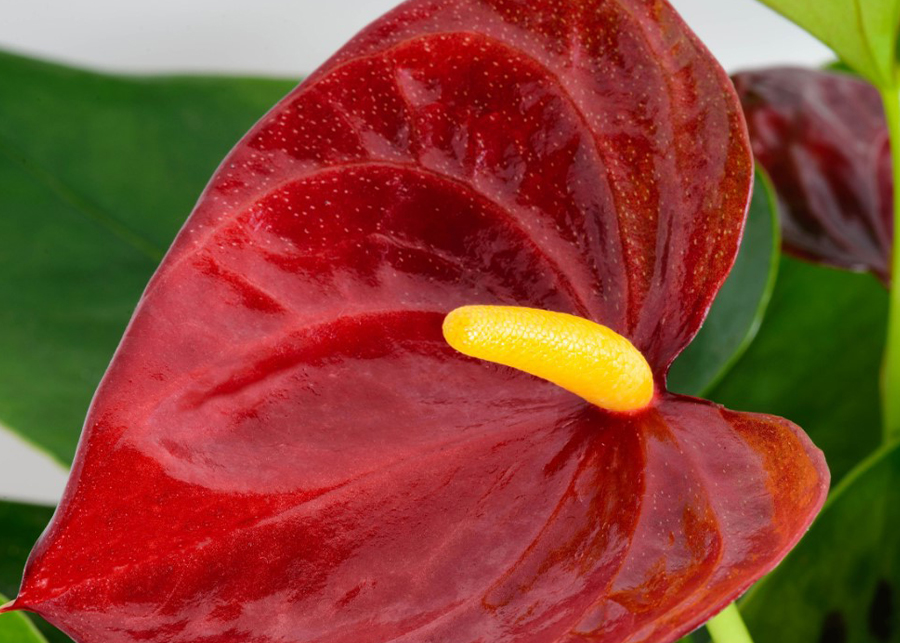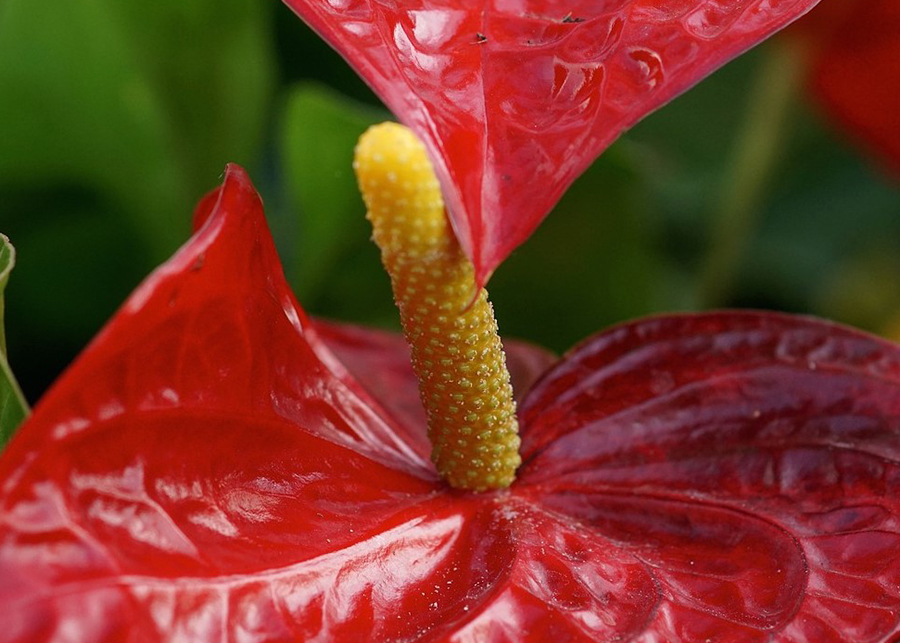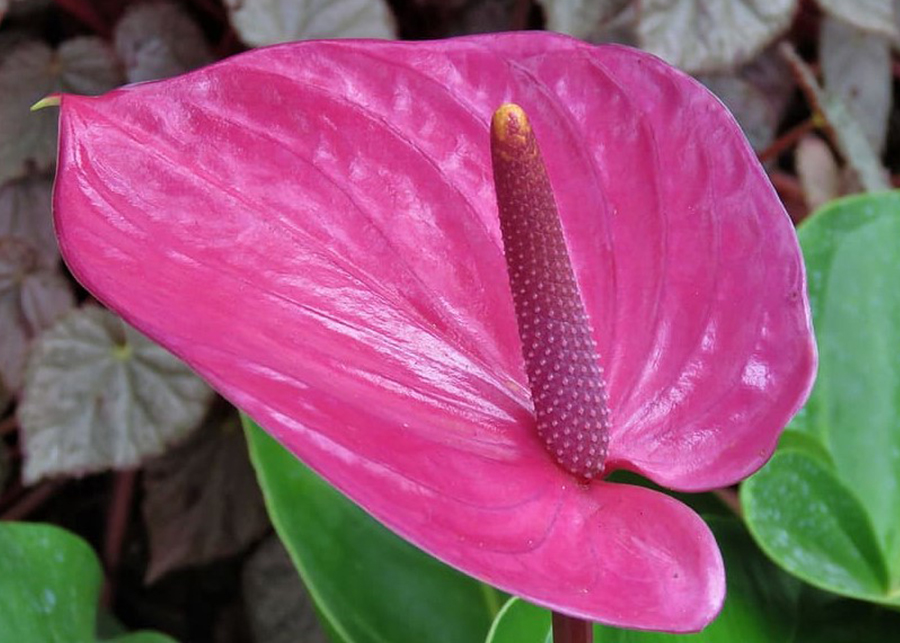Humidity and root rot are common problems with anthurium plants. If your plant has either of these issues, take action quick! Use this article as a reference for how to prevent two of the most devastating plant problems (humidity and root rot) and give your anthurium the best possible growing conditions.
There are a few common problems with Anthuriums. They need indirect sunlight and humidity, and they are susceptible to root rot and aphids. In this article, we’ll discuss how to prevent these problems and provide the best possible growing conditions for your plants. This article also addresses root rot and humidity problems.

Anthuriums need indirect sunlight
If you’d like your anthurium plants to grow and bloom well, you should provide them with indirect light that is bright but not too bright. Direct sunlight can scorch their leaves and flowers. On the other hand, low light will stunt their growth and cause them to produce fewer, smaller flowers. For the best results, they need at least 6 hours of indirect sunlight daily.
Anthuriums are best kept in rooms with plenty of indirect light. You can keep them near a south-facing window for optimal growth. Keep them away from hot radiators, too. They can also be kept in a bright room for decorative purposes. Research has shown that indoor plants improve people’s health, particularly those in the office. Not only do they provide good decoration, but they also filter sound, and reduce stress.
They are sensitive to root rot
Anthuriums can develop root rot if they are not given enough water. The best way to avoid root rot is to keep anthuriums in bright indirect light. This is because direct sunlight can burn the leaves of anthuriums. It’s also important to repotted the plant every one to two years, especially if the soil is compacted. Repotting the plant ensures that new nutrients are introduced into the soil, preventing the growth of pathogens.
Anthurium roots need oxygen to function. Soggy soil stifles the roots and allows bacteria and fungi to grow. Root rot is the result of these bacteria and fungi. Root rot results in plant dehydration and malnutrition. Without oxygen, the roots cannot absorb water and nutrients.
They need humidity
To help Anthurium plants thrive, you need to provide a high humidity environment for them. There are many ways you can do this. You can use a humidifier or a pebble tray to boost the humidity around your plant. If ambient humidity is low, you can also mist the leaves of your plant using a spray bottle filled with lukewarm water. The spray bottle can be left next to the plant so that you remember to spritz it often. Remember, though, that misting your plant leaves can spread disease and lead to fungal infections.
Anthurium plants require a slightly moist environment, but their daily or weekly needs may vary depending on the type of soil they’re grown in. If you water your Anthurium too much, the soil will become waterlogged or marshy, and the plant won’t thrive. In the wild, Anthuriums cling to trees and suck in moisture from the surrounding air. However, wet soil can lead to root rot.

They are susceptible to aphids
Aphids are pests that can defoliate Anthurium plants. They prefer the fleshy side of the plant, and will attack leaves and stems to feed on it. Aphids can breed rapidly and can be difficult to spot with the naked eye, but damage caused by these insects can be quite significant. Symptoms include stunted growth, yellowing, and shriveling leaves. Especially bad are the effects on new growth.
Aphids are small, black, or brown insects that feed on plant sap. They may also leave behind sticky honeydew on the leaves, which can cause mold. If the pests continue to feed, the plant may die. If you notice the signs of an infestation, it’s time to take action. Spray the plant with a natural oil solution or sharp water blasts to drown the pests.
They need frequent watering
Watering anthurium plants regularly will help them flourish. However, the amount of water you need to provide depends on the time of year and the climate of where you live. In warm weather, they may need to be watered every two to three days. In cooler climates, they may require less watering. If your soil is too wet, wait until it dries completely before watering.
You should also take note of the temperature and humidity levels when watering your plant. If you are not sure how much water your Anthurium plant needs, it is best to check the plant’s pot and soil moisture levels regularly. Watering too frequently can lead to root rot.
Anthurium Plant Problems Result
As you can see, there are a number of methods you can use to protect your plants from the humidity and root rot problems. The goal is to prevent these Anthurium plant problems from occurring in the first place, but if it’s already too late, you can always take remedial action in order to save your plants.



